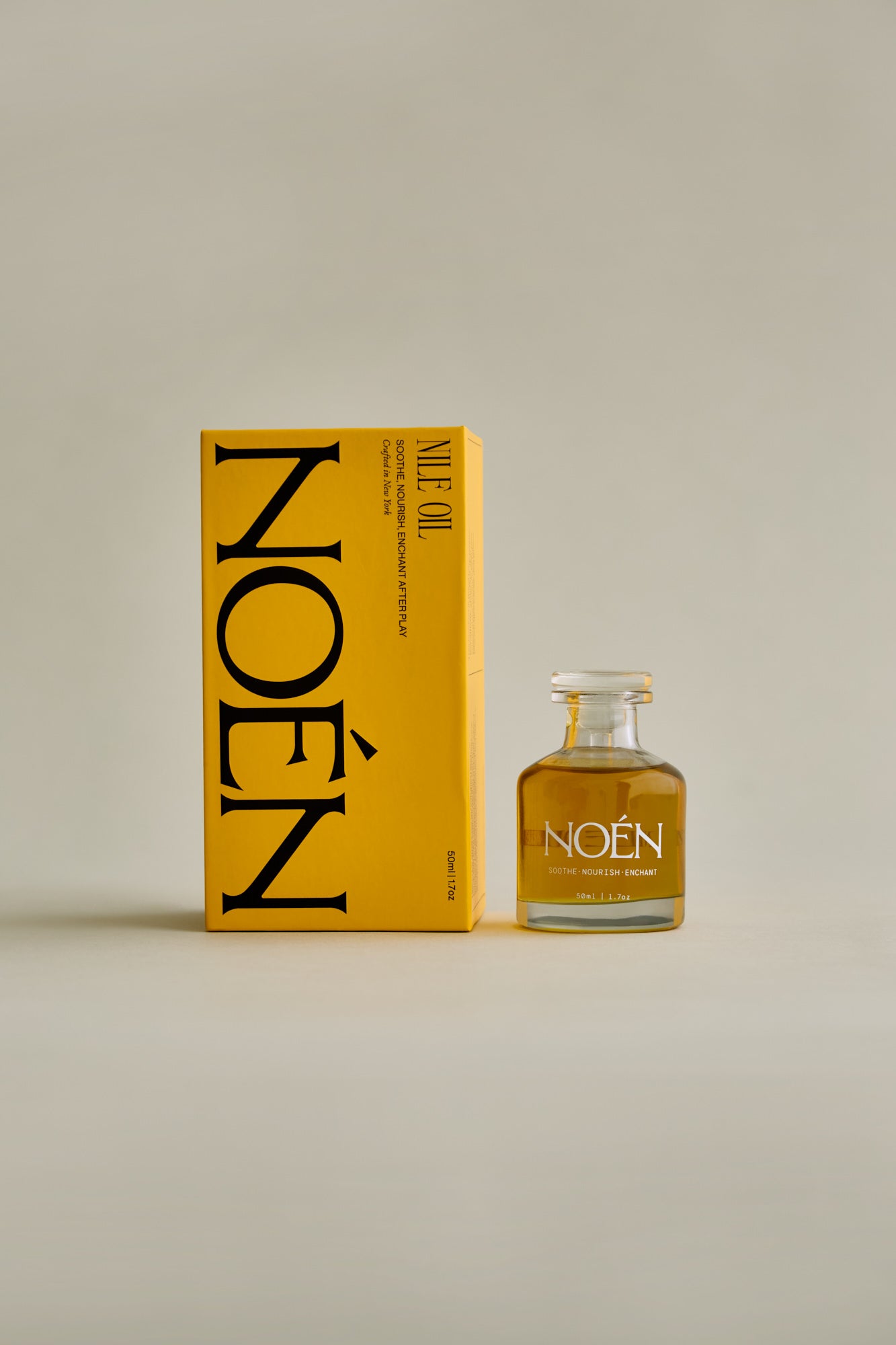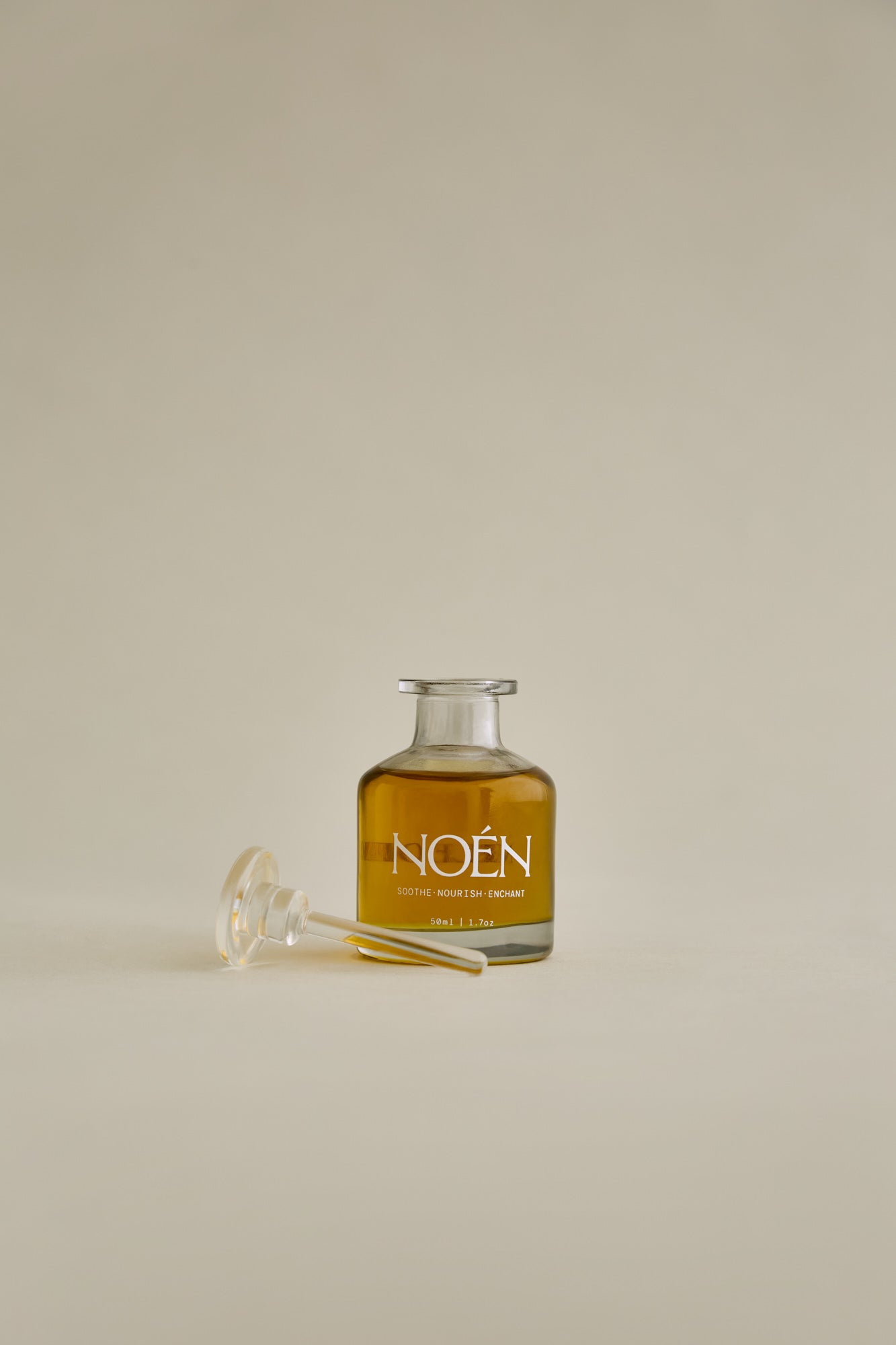CLEOPATRA NEVER SEDUCED ANYONE. She didn't try.
That's the part we get wrong. We imagine her in gold, draped in silk, orchestrating desire like a performance. But seduction wasn't something Cleopatra did. It was something she was.
Popular culture has turned Cleopatra into a cautionary tale—the dangerous woman who used beauty and sex to manipulate powerful men.
But history tells a different story.
Cleopatra spoke nine languages. She was a trained scholar, a capable ruler, a naval commander. When Julius Caesar met her, he didn't fall for a pretty face. He met his intellectual equal. When Mark Antony arrived, he found someone who could match him politically, philosophically, strategically. Plutarch wrote that "her beauty was not incomparable," but that her presence was impossible to forget. She moved with intention. She spoke with clarity. She commanded attention not by demanding it, but by inhabiting herself so fully that others couldn't look away.
Her power wasn't seduction or mythic beauty. It was embodied presence. Calibration. She understood something that most of us have forgotten in an era of constant exposure: presence is the purest form of power.
It’s the psychology of magnetism: when one commands their own attention, they naturally command the room’s.
The Psychology of Magnetism
Modern neuroscience calls this embodied attention. When you are fully attuned to yourself, your energy becomes coherent; your heartbeat, breath, and micro-expressions align. Others’ nervous systems, through a process called interpersonal resonance, begin to mirror that coherence. It’s the basis of what we call chemistry.
Psychologists studying attraction often note that desire is not about symmetry or perfection but presence. We are drawn to people who appear in themselves—who occupy their bodies and attention completely.
Today, we scroll, perform, distract. Desire scatters because attention scatters. We've been taught that attraction requires external work. That intimacy is something we have to make happen. So we perform. We optimize. We curate ourselves into exhaustion.
True seduction now begins with withdrawal: reclaiming focus from the external gaze and anchoring it inward.

Photo: Anatomies (1929) Man Ray
The Aesthetics of Presence
Cleopatra’s genius was not that she halted movement, but that she conducted it. She knew how to exist at the center of chaos without being consumed by it—how to let the world move around her while remaining the still point that gave it meaning. Her entrances were theatrical not because of excess, but because of composition. Every sound, every scent, every ripple of silk was placed in service of her command of attention.
At Noén, we reference that same quiet orchestration in another language of the 1990s, when artists like Nan Goldin, Mario Testino, Juergen Teller, and Tom Ford’s Gucci redefined the erotic as something felt, not staged. Their work carried Cleopatra’s DNA—the tension between abandon and control. Goldin’s lovers, Day’s sunlit skin, Teller’s off-balance intimacy, Tom Ford’s ritualized eroticism distilled to its essentials. They understood what Cleopatra did too: that power is not loudness, but the ability to choreograph focus. A room, a body, a scent—these were her mediums.
When the world rushes, to remain deliberate is radical. That is the inheritance Cleopatra leaves us: not spectacle, but sovereignty. The power to shape atmosphere through presence, to conduct energy through touch, to turn motion itself into a form of stillness.
Knowing when to move, and when to let silence do the speaking. Lean into the tension of aliveness contained. A sense of movement held just beneath the surface, an atmosphere charged with anticipation.
The River as Beauty
To the Egyptians, beauty wasn't superficial. It was ma'at—divine order made visible. A beautiful body was a body in harmony with nature, cared for with the same attention they gave to temples and offerings.
They adorned themselves not out of vanity, but reverence. Kohl-lined eyes to honor the gods. Oils pressed from the Nile's lotus and moringa to soften skin and preserve youth. Beauty was a spiritual practice, inseparable from health, pleasure, and connection to the divine.
The Nile made this possible. It grew the plants. It provided the water for bathing rituals. It created the conditions for a culture that understood: caring for your body is caring for your spirit.
This is the beauty we're returning to—not Instagram filters or anti-aging panic, but the ancient understanding that your body, when nourished, becomes its own kind of temple.
The Science of Seduction
This tension is relevant because seduction is fundamentally about regulation. Studies show that oxytocin—the hormone of bonding—rises when two people maintain synchronized eye contact or mirror breathing. In this way, Cleopatra’s poise wasn’t ornamental; it was biochemical. She created environments that induced hormonal coherence: low light, fragrant air thick with Blue Lotus and myrrh, textures that stimulated slow sensory response.
Neuropsychologists have shown that sensual environments—soft textures, warm skin, rhythmic scent—activate the parasympathetic nervous system, shifting the body from vigilance to openness. Desire requires safety; seduction begins where threat ends. Cleopatra’s genius was creating this space of sensory trust. Her chambers were not sets of opulence—they were laboratories of feeling.
The Modern Mirror
We are, in contrast, a generation overstimulated yet under-touched. We chase connection through visibility—posts, performance, validation. But the more we show, the less we feel. The modern Cleopatra does not chase the spotlight; she curates it. She knows the difference between exposure and expression.
To live with magnetism today is to reclaim sensual intelligence: to move slowly, to speak with warmth, to touch with intent. It’s the art of energetic editing—the ability to remove everything excessive until only truth remains.
When someone lives that way, they become luminous. They remind others of their own capacity to feel. The erotic, as philosopher Audre Lorde wrote, is not just sexual; it’s “an assertion of the life-force.” Cleopatra embodied that. Her allure was the reminder that to feel deeply, to move deliberately, is to live powerfully.
The Modern Practice
Desire as power, then, is not manipulation—it’s mastery. It’s understanding that energy precedes language. You enter a room, and before you speak, your body has already said everything.
Modern ritual can restore this awareness. To anoint skin with oil—slowly, attentively—is to practice coherence. It’s to remind the body that presence is its natural state. The scent becomes a mnemonic device: each time it returns to the air, your nervous system remembers calm, warmth, sovereignty.
That’s the essence of Noén’s Nile Oil: not perfume, not product, but ritual. It’s the symbolic reawakening of Cleopatra’s logic—the science of stillness, the psychology of allure, the sensual act of self-return.
To desire is human. To hold desire without losing oneself—that is power.







